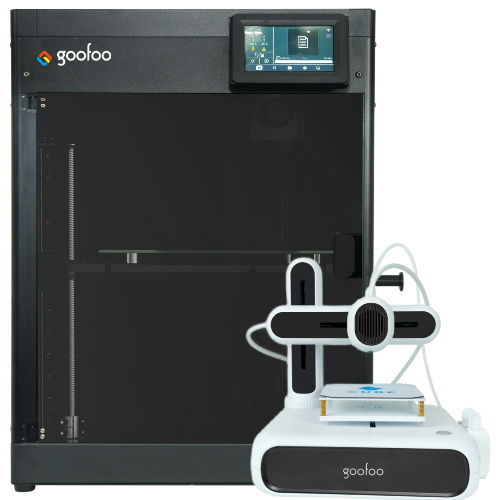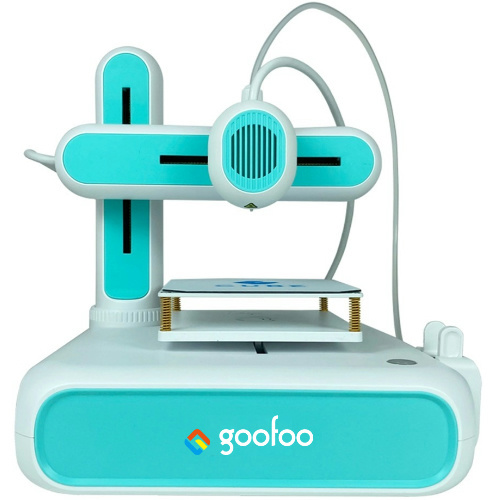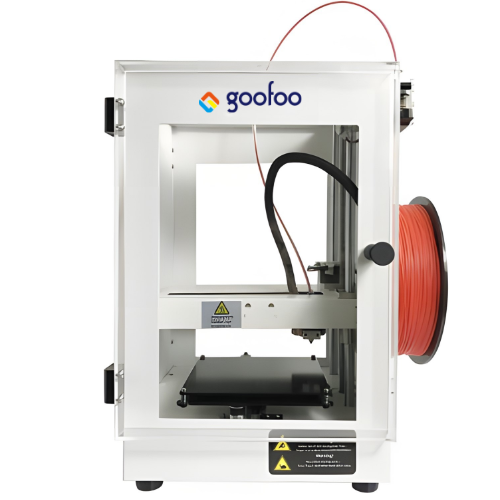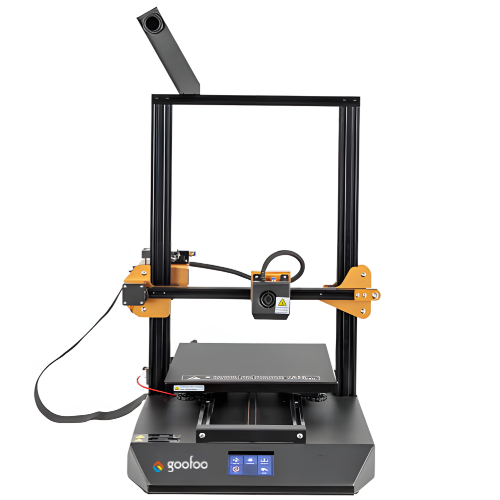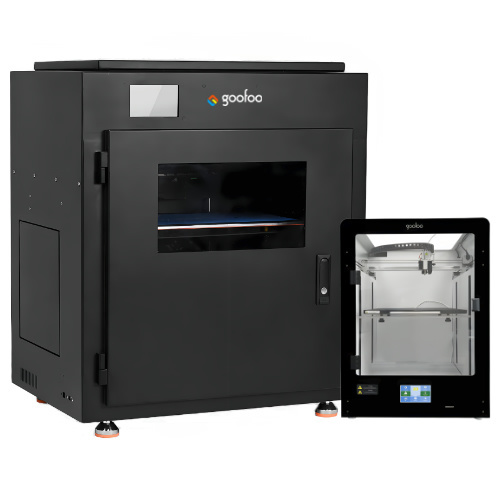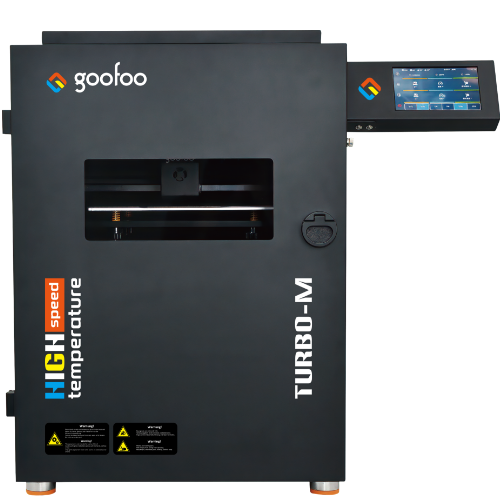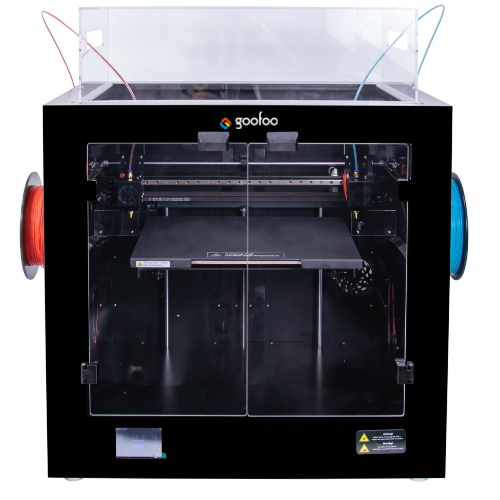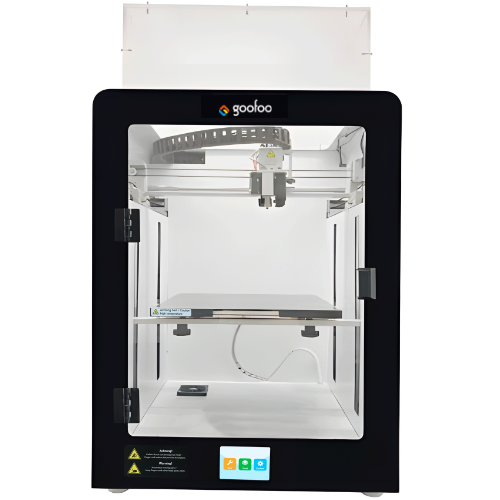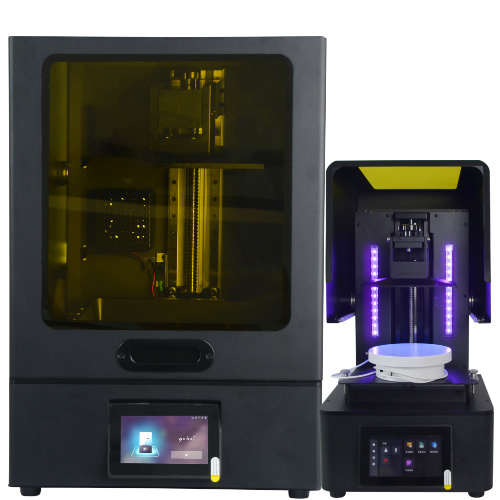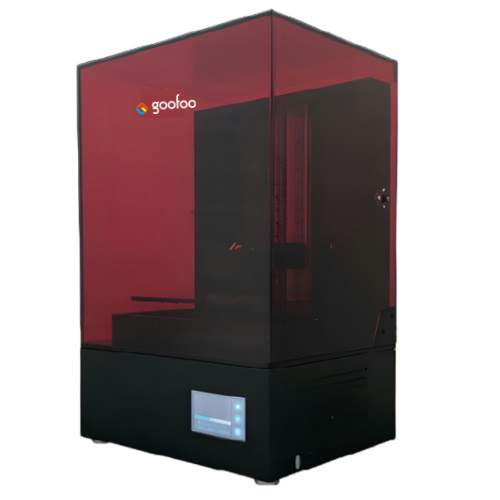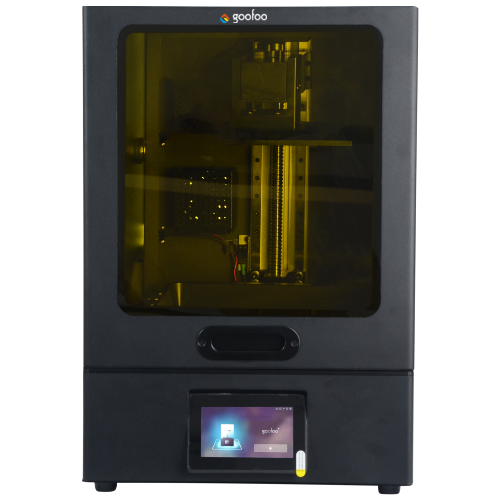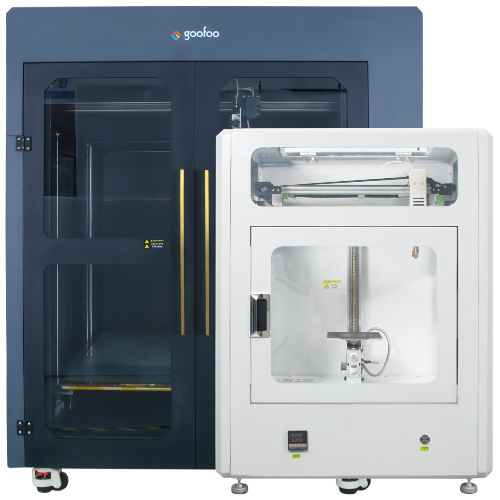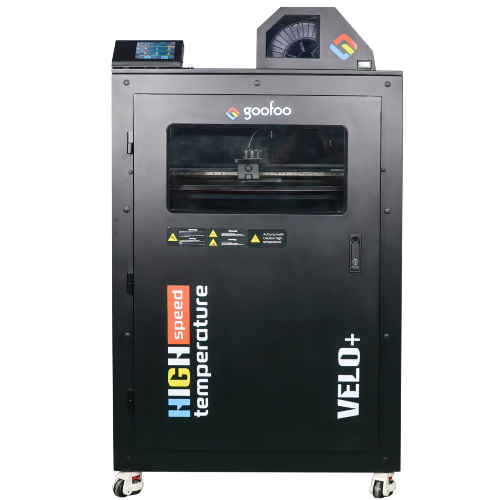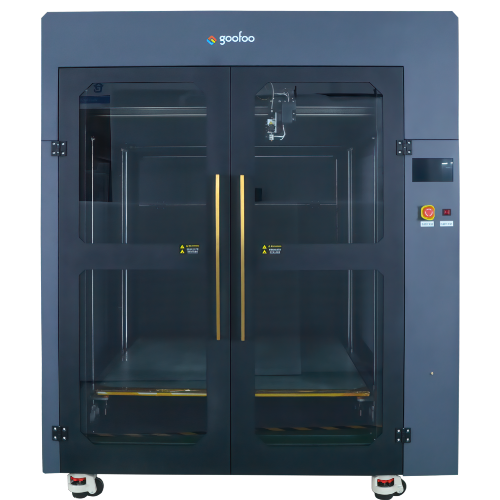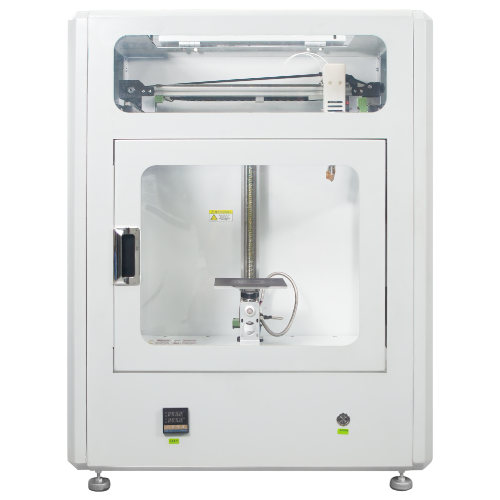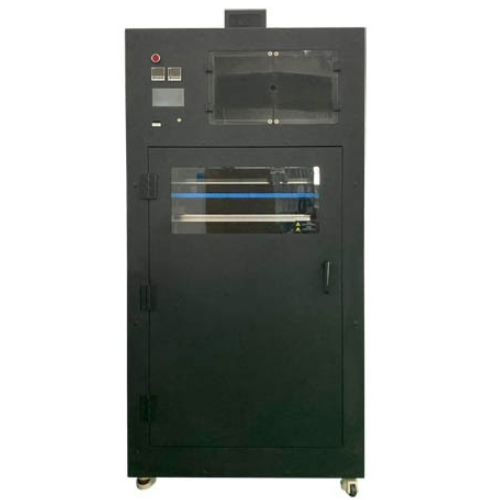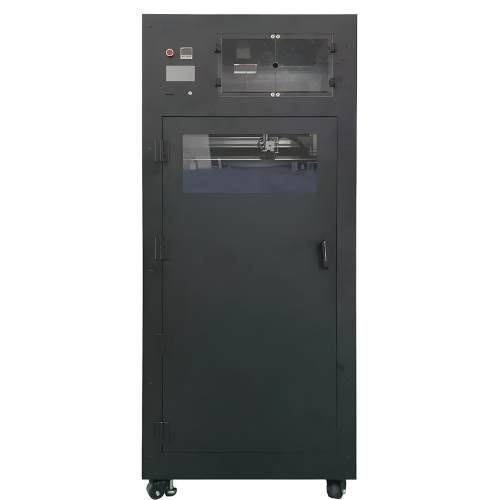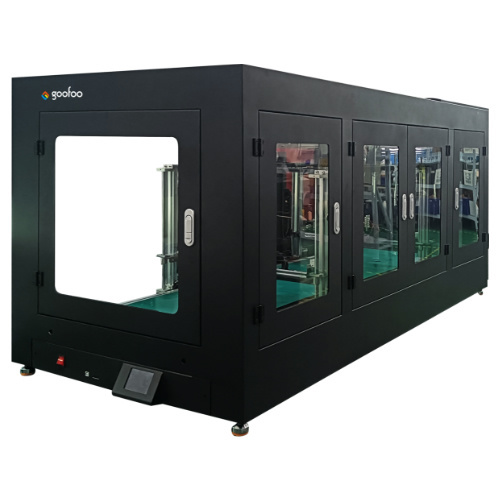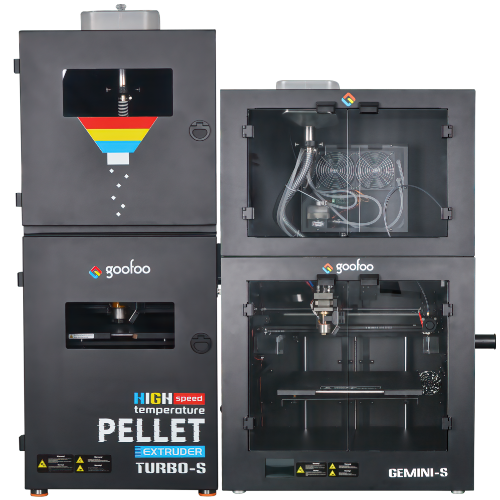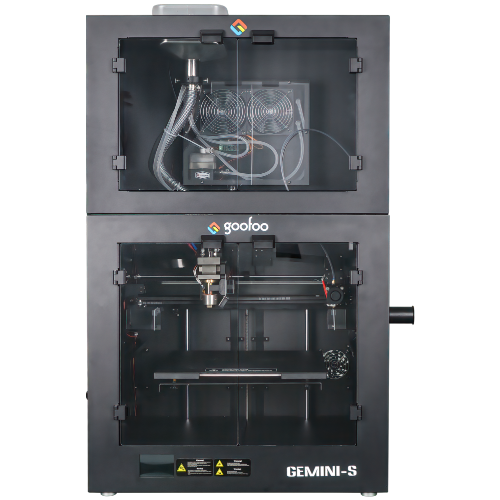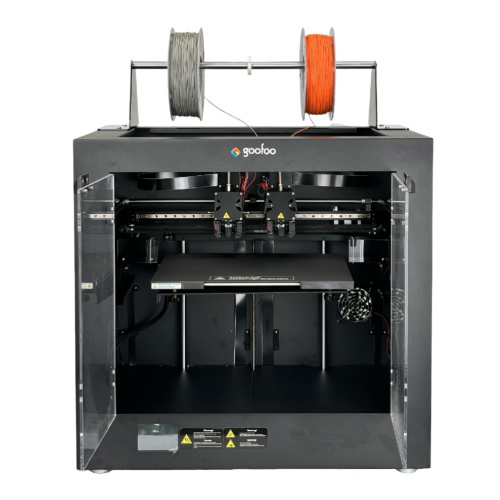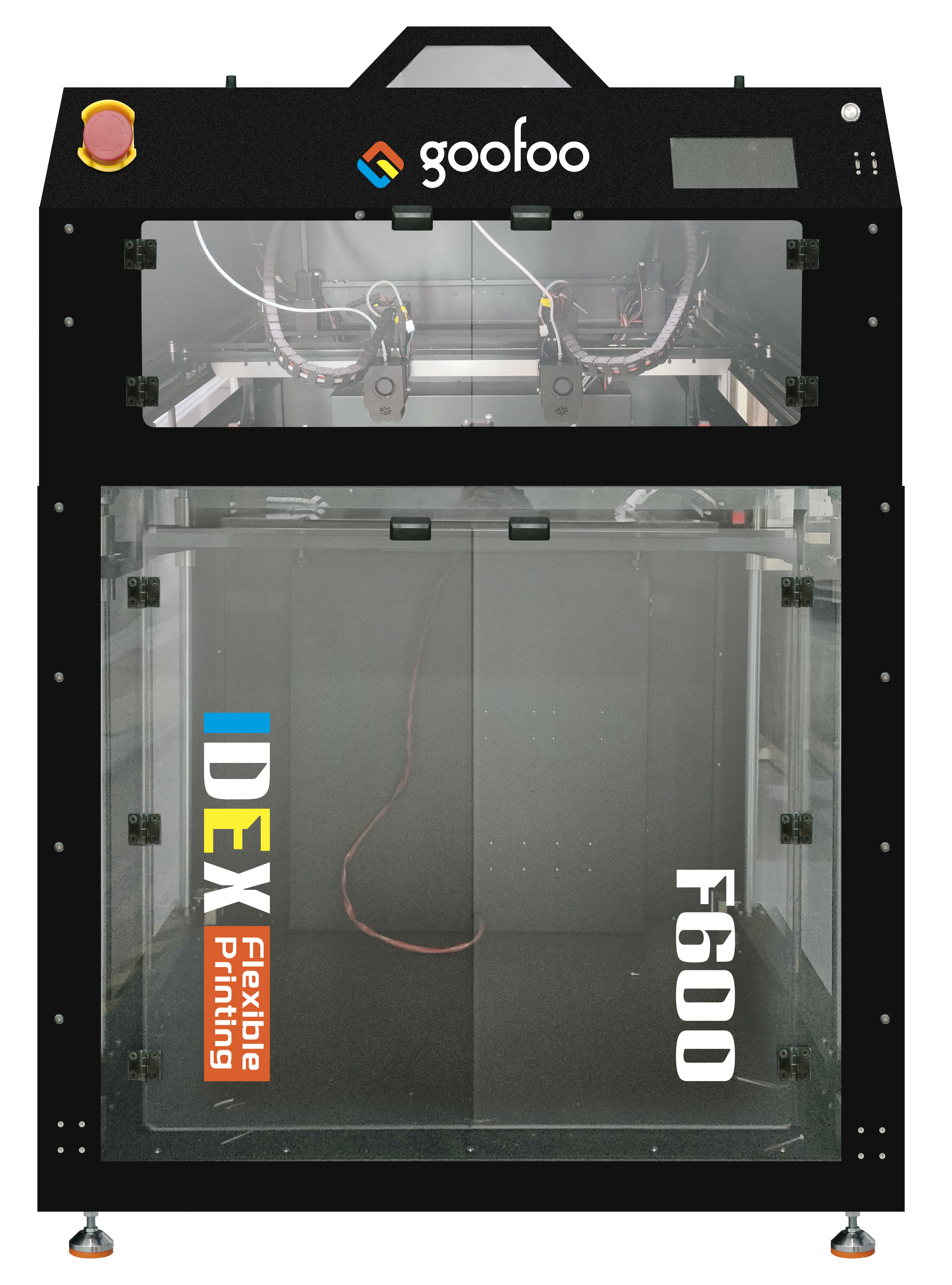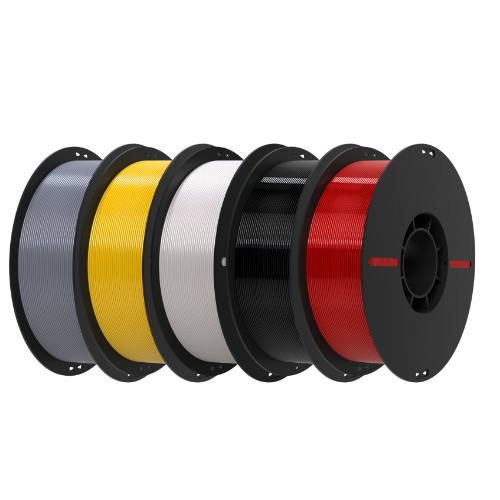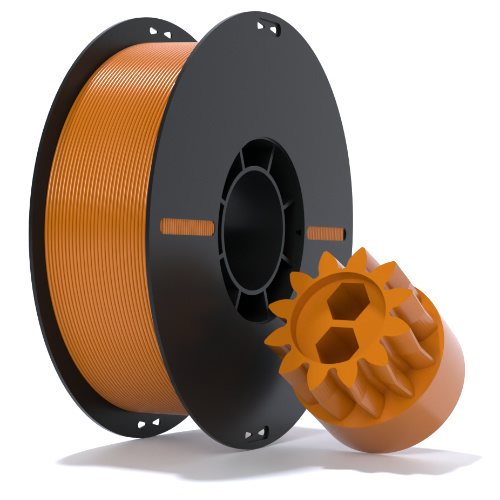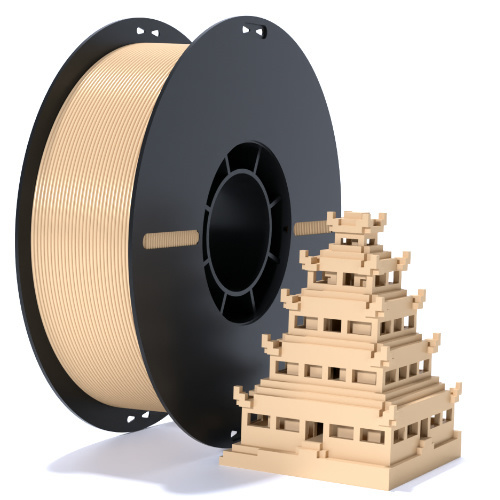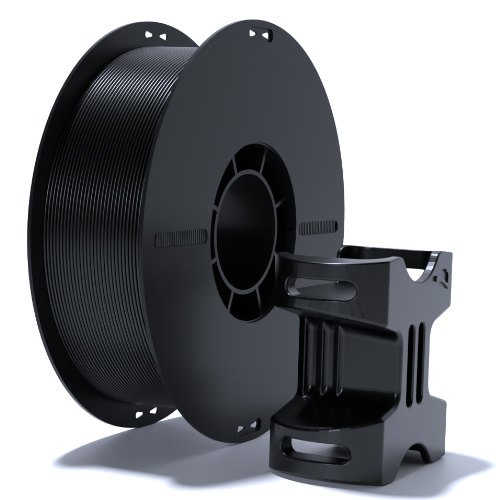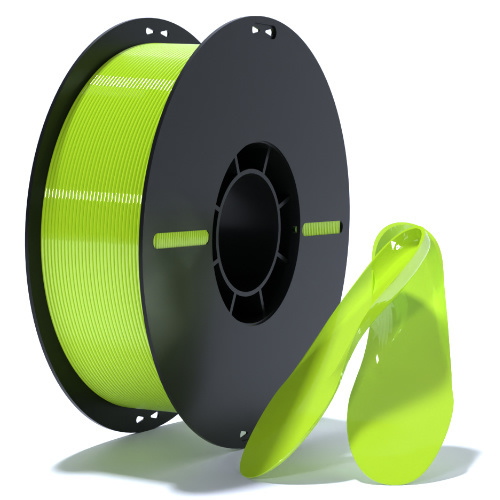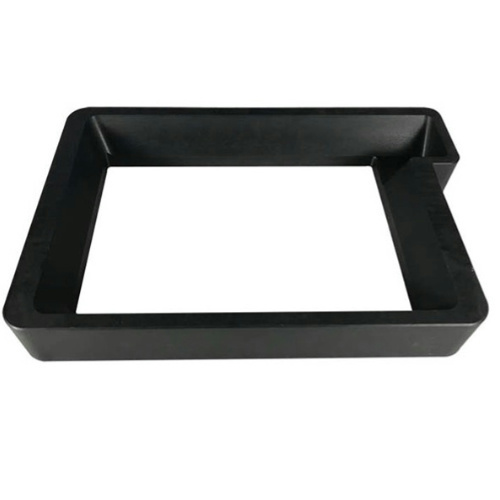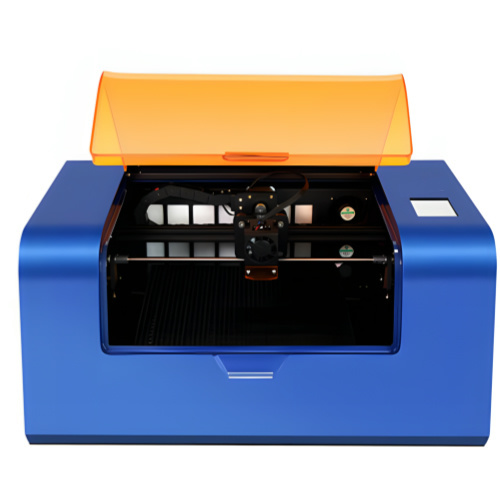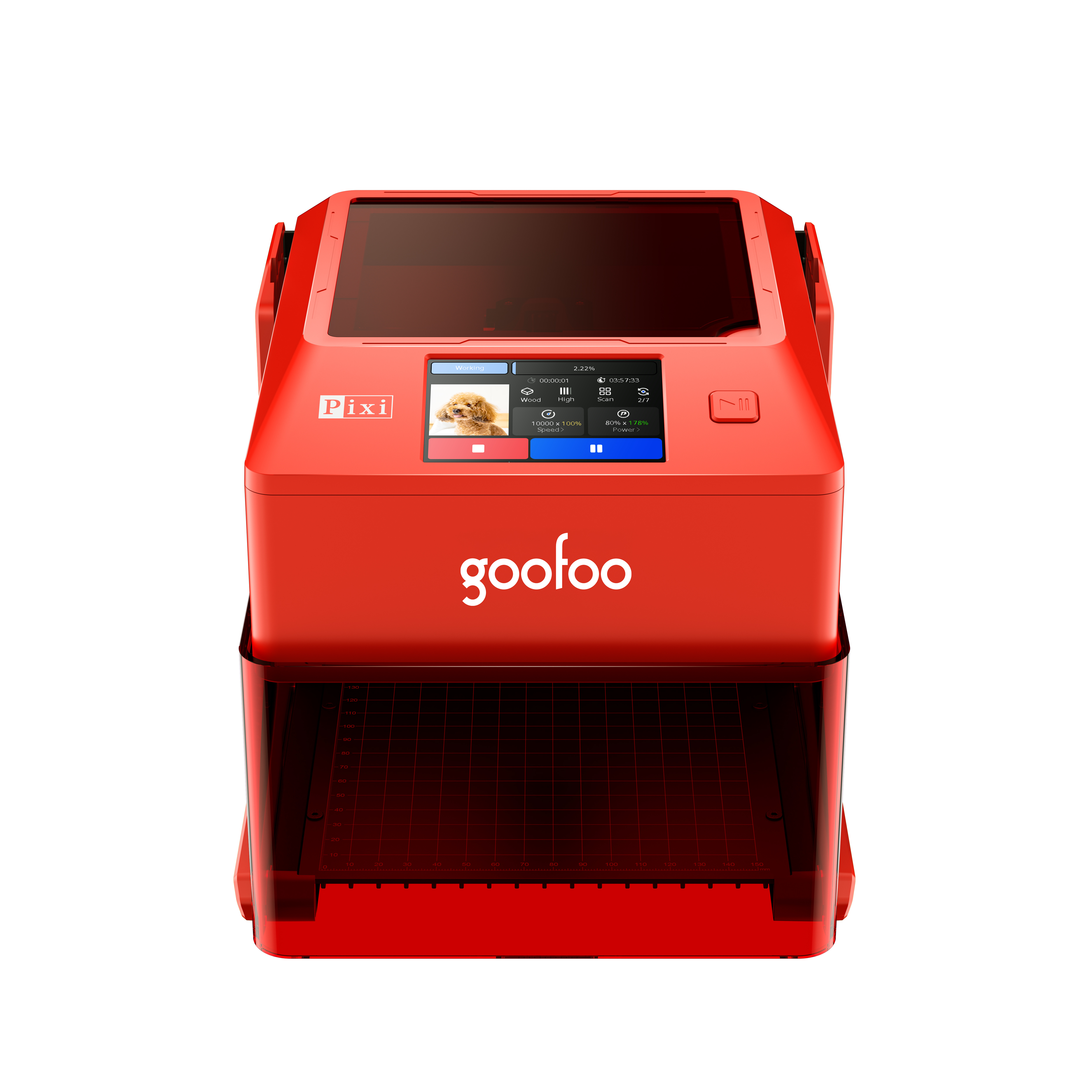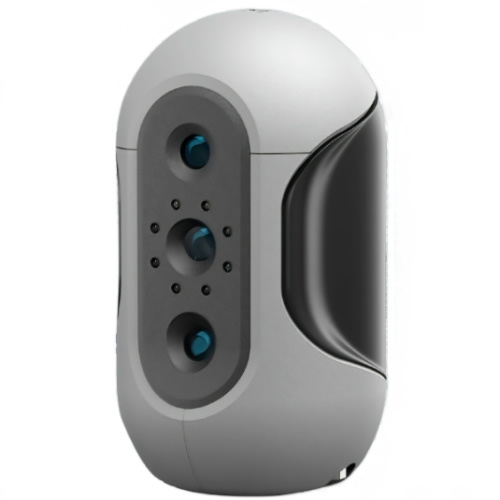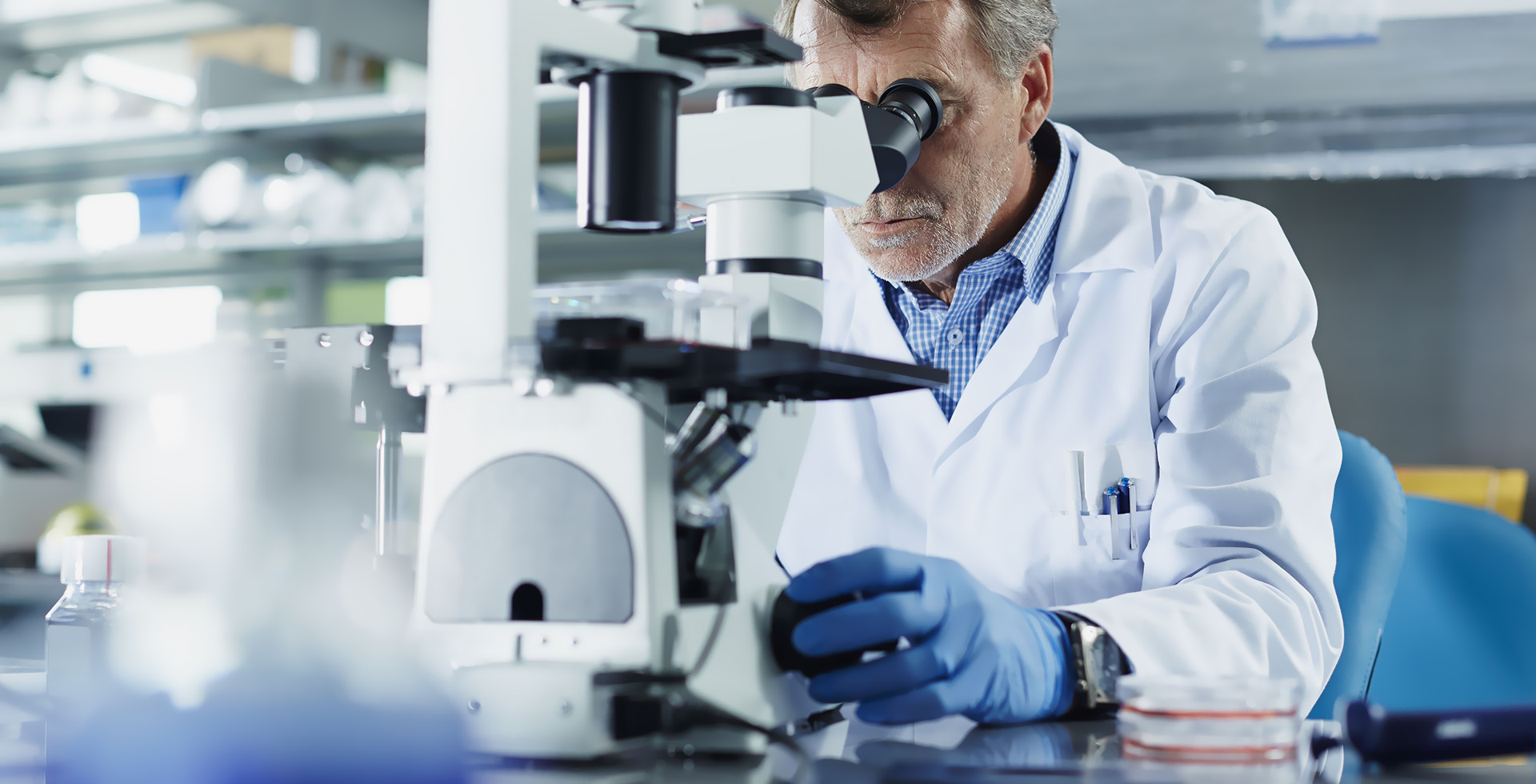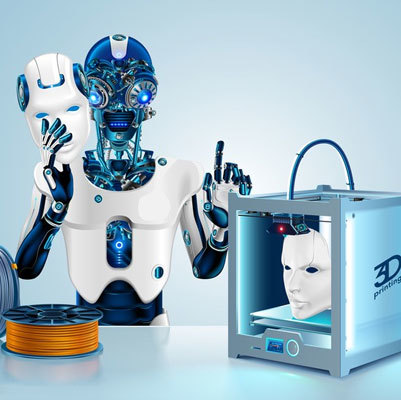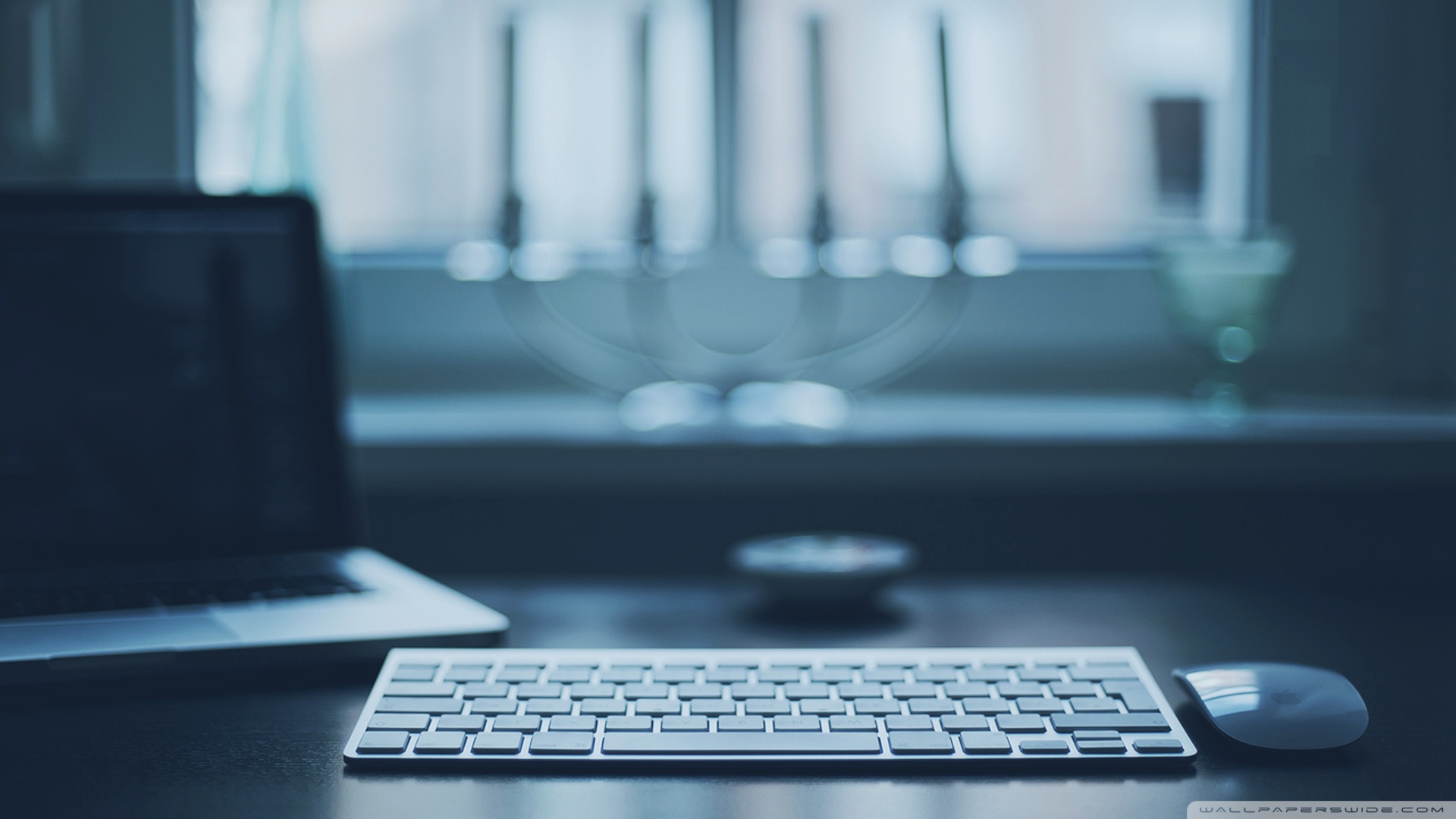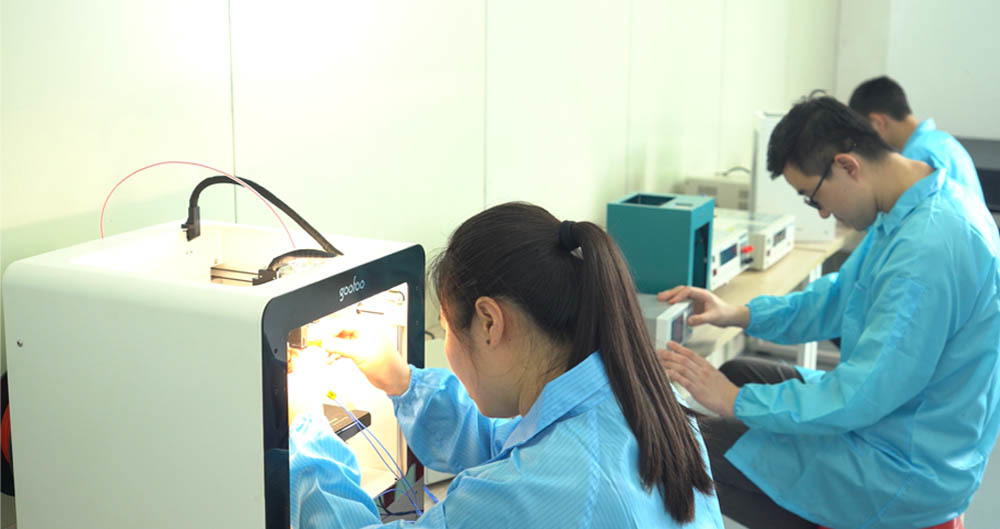All Categories
Exploring the Limitless Possibilities of PLA 3D Printing: A Comprehensive Guide
2025-07-23 15:00
Exploring the Limitless Possibilities of PLA 3D Printing
Table of Contents
- Introduction to PLA 3D Printing
- The Advantages of Using PLA in 3D Printing
- Real-world Applications of PLA 3D Printing
- How to Effectively Print with PLA
- Post-Processing Techniques for PLA Prints
- Challenges in PLA 3D Printing
- The Future of PLA 3D Printing
- Conclusion
- Frequently Asked Questions about PLA 3D Printing
Introduction to PLA 3D Printing
PLA, or Polylactic Acid, is one of the most popular materials used in 3D printing today. Derived from renewable resources such as corn starch or sugarcane, it is not only biodegradable but also offers exceptional ease of use compared to other materials. **This guide aims to provide a comprehensive view of PLA 3D printing, covering its benefits, applications, and practical tips for users.**
As we venture into the capabilities of PLA 3D printing, we will explore how this technology is transforming industries, facilitating creativity, and providing sustainable solutions.
The Advantages of Using PLA in 3D Printing
Eco-Friendly Material
PLA's biodegradable nature makes it an environmentally friendly choice. Unlike traditional plastics, PLA decomposition occurs within a few months under industrial composting conditions, significantly reducing long-term waste.
Ease of Use
Beginners often find PLA easier to work with due to its lower melting temperature (around 180-220°C). This property means that users need not worry about warping or cracking typically associated with higher-temperature materials.
Excellent Print Quality
PLA consistently delivers high-resolution prints, making it ideal for intricate designs. The smooth finish and vibrant colors available in PLA filament further enhance the aesthetic appeal of printed objects.
Wide Availability
The growing popularity of PLA has resulted in a diverse range of colors, blends, and styles available in the market, enabling users to find the perfect material for their specific project needs.
Low Cost
PLA filaments are generally more affordable than other 3D printing materials, making it an accessible option for hobbyists and professionals alike.
Real-world Applications of PLA 3D Printing
Prototyping and Product Development
Many industries leverage PLA for rapid prototyping. The ability to produce functional prototypes quickly aids in design validation and product development cycles, ensuring faster time-to-market.
Education and Research
Educational institutions utilize PLA 3D printing as a teaching tool. Students engage in hands-on learning experiences, developing skills in design, engineering, and innovation.
Medical Applications
PLA's biocompatibility opens avenues in the medical field. Researchers are exploring its potential for creating custom prosthetics, surgical models, and even bio-printing tissues.
Consumer Products
From home decor to toys, PLA is widely used in consumer products due to its safety and ease of production. Businesses are capitalizing on the trend of customizable items made from PLA.
Art and Design
Artists and designers are embracing PLA for creating sculptures and installations. The versatility of PLA allows for experimentation with forms and colors, pushing creative boundaries.
How to Effectively Print with PLA
Setting Up Your Printer
To achieve optimal results, it's crucial to set the correct temperature on your 3D printer. Generally, a nozzle temperature between 180-220°C is recommended, depending on the specific PLA brand.
Choosing the Right Bed Surface
PLA adheres well to various surfaces, but using a heated bed set between 40-60°C can help improve adhesion and reduce the risk of warping.
Adjusting Print Speed
It's advisable to print at a moderate speed (around 50-70 mm/s) for the best layer adhesion and detail. Slower speeds may be beneficial for intricate designs.
Calibrating Your Printer
Regular calibration ensures precise printing. Measures such as leveling the bed and adjusting the flow rate will significantly enhance print quality.
Using Supports and Rafts
For complex designs, consider using supports and rafts to improve stability during printing. This approach can significantly reduce print failures.
Post-Processing Techniques for PLA Prints
Sanding and Smoothing
Post-processing can take your PLA prints to the next level. Light sanding can remove layer lines and imperfections, while smoothing agents can help achieve a polished finish.
Painting and Coloring
PLA accepts paint well, allowing for further customization of your prints. Use acrylic paints for the best adherence and durability.
Strengthening with Coatings
Applying a clear coat can enhance the durability of PLA prints, making them more resistant to wear and tear.
Challenges in PLA 3D Printing
Moisture Absorption
PLA can absorb moisture from the air, which may lead to printing issues such as bubbling or inconsistent extrusion. It's essential to store PLA in a dry environment to maintain its quality.
Brittleness
While PLA is strong, it can be brittle compared to other materials. It's important to consider the intended use of the printed object and choose the right material accordingly.
Temperature Sensitivity
PLA can deform when exposed to high temperatures. Therefore, avoiding direct sunlight or high-heat environments is crucial for preserving prints.
The Future of PLA 3D Printing
Innovative Material Development
Researchers are continually working on improving PLA formulations, resulting in stronger, more versatile filaments suitable for various applications.
Integration with Other Technologies
The integration of PLA 3D printing with technologies such as AI and IoT is expected to enhance automation and improve production efficiency.
Increased Sustainability Efforts
As sustainability becomes a priority, innovations in recycling and reusing PLA will likely emerge, further enhancing its appeal as an eco-friendly printing material.
Conclusion
PLA 3D printing presents a myriad of opportunities for innovation across sectors, promoting sustainability while enabling creativity. Its advantages, such as ease of use, excellent print quality, and eco-friendliness, make it a top choice for enthusiasts and professionals alike. As we look ahead, the future of PLA 3D printing promises exciting developments that will continue to transform industries and inspire new applications.
Frequently Asked Questions about PLA 3D Printing
1. Is PLA safe for food-related applications?
PLA is generally considered safe for food contact, but it is essential to ensure that the specific PLA used is food-grade and to follow guidelines for cleaning and maintenance.
2. Can PLA prints withstand outdoor conditions?
PLA is not recommended for prolonged outdoor use as it can degrade under UV exposure and high temperatures.
3. How can I store PLA filament properly?
PLA should be stored in a cool, dry place, ideally in a vacuum-sealed bag with desiccants to prevent moisture absorption.
4. What printer settings are best for printing with PLA?
Optimal settings include a nozzle temperature of 180-220°C, a heated bed at 40-60°C, and a moderate print speed of 50-70 mm/s.
5. Can I mix different colors of PLA filament?
Yes, many users enjoy mixing colors to create unique blends and effects, though this may require some experimentation for optimal results.
Exploring the limitless possibilities of PLA 3D printing not only enhances the realm of creativity but also fosters a sustainable future in manufacturing and design.
pla 3d printer
Recommended News
language
English
العربية
বাংলাদেশ
Български
Hrvatski
Česky
Dansk
Nederland
 Esperanto
Esperanto
Slovenski
Filipino
Suomi
Français
Maori
 Shqiptare
Shqiptare
Georgian
 Euskara
Euskara
Deutsch
Ελλάδα
ישראל
इंडिया
Magyarország
Ísland
Indonesia
Irlanda
Italia
日本語
Sovensko
Հայաստան
한국
Kyrgyz
ປະເທດລາວ
 Zulu
Zulu
Latvian
Lithuanian
Luxembourgish
 Latinus
Latinus
Macedonian
Малайская
Maltese
Монгол улс
 Cymraeg
Cymraeg
ဗမာ
 தமிழ்
தமிழ்
नेपाल
Norge
ایران
Polska
Portugal
România
Российская
Србија
 Slovak
Slovak
Србија
 Slovak
Slovak
Bosanski
Slovenian
Беларус
España
Sverige
Точик
ประเทศไทย
Türk
Azərbaycan
Uzbek
 Afrikaans
Afrikaans
Việt Nam
Skype / WhatsApp: +86 592-5713513 / +86-13860126490
No.88-3, North Tongji Road, Xike County, Tong'an District, Xiamen, Fujian China
Xiamen Goofoo Technology Co., Ltd. All Rights Reserved 闽ICP备2022008070号-1 SEO 300.cn
Phone:+0086 592-5713513
Address: No.88-3, North Tongji Road, Xike County, Tong’an District, Xiamen, Fujian China
Email: sales@goofoo3d.com
We will give you feedback in time

